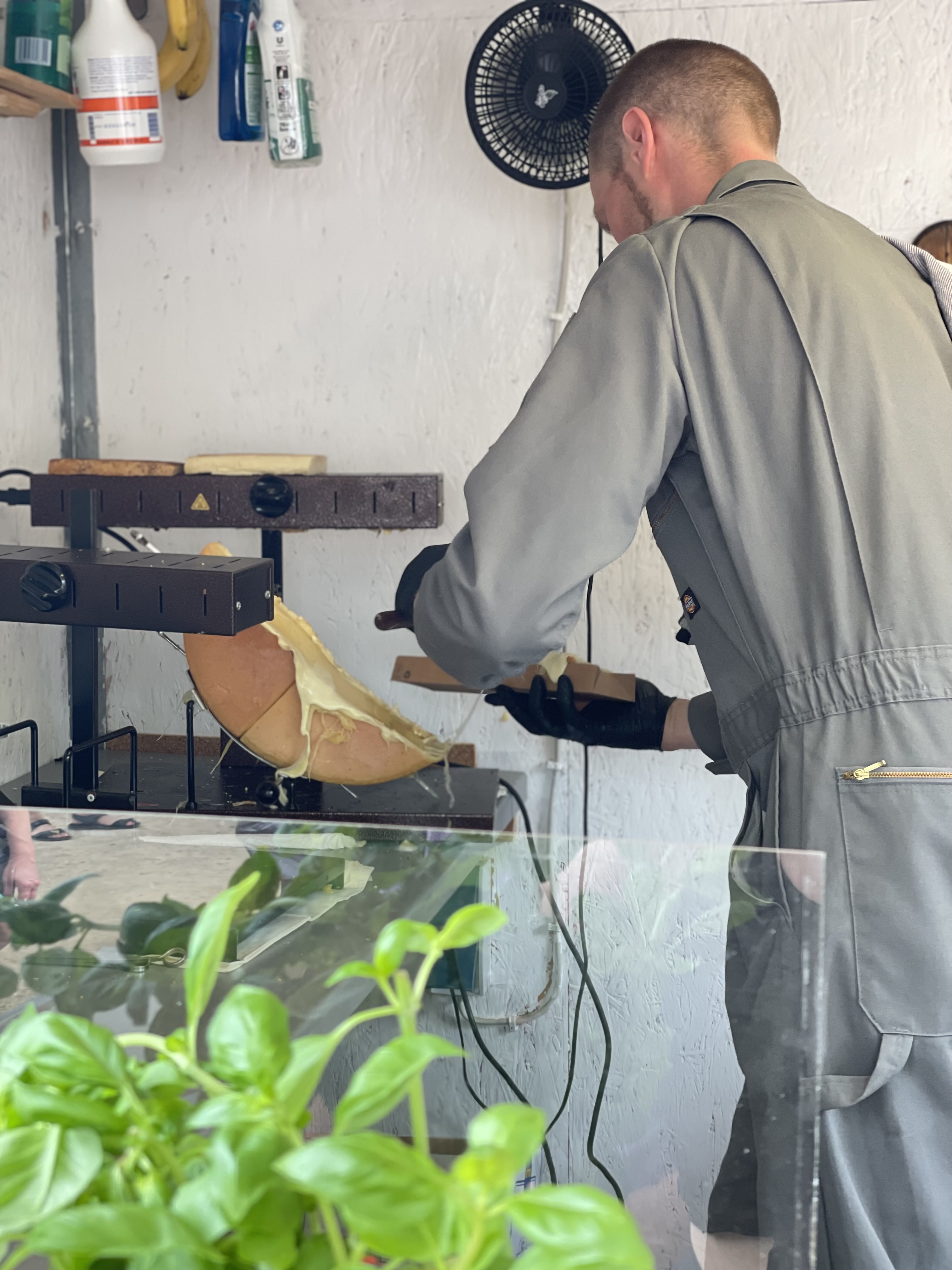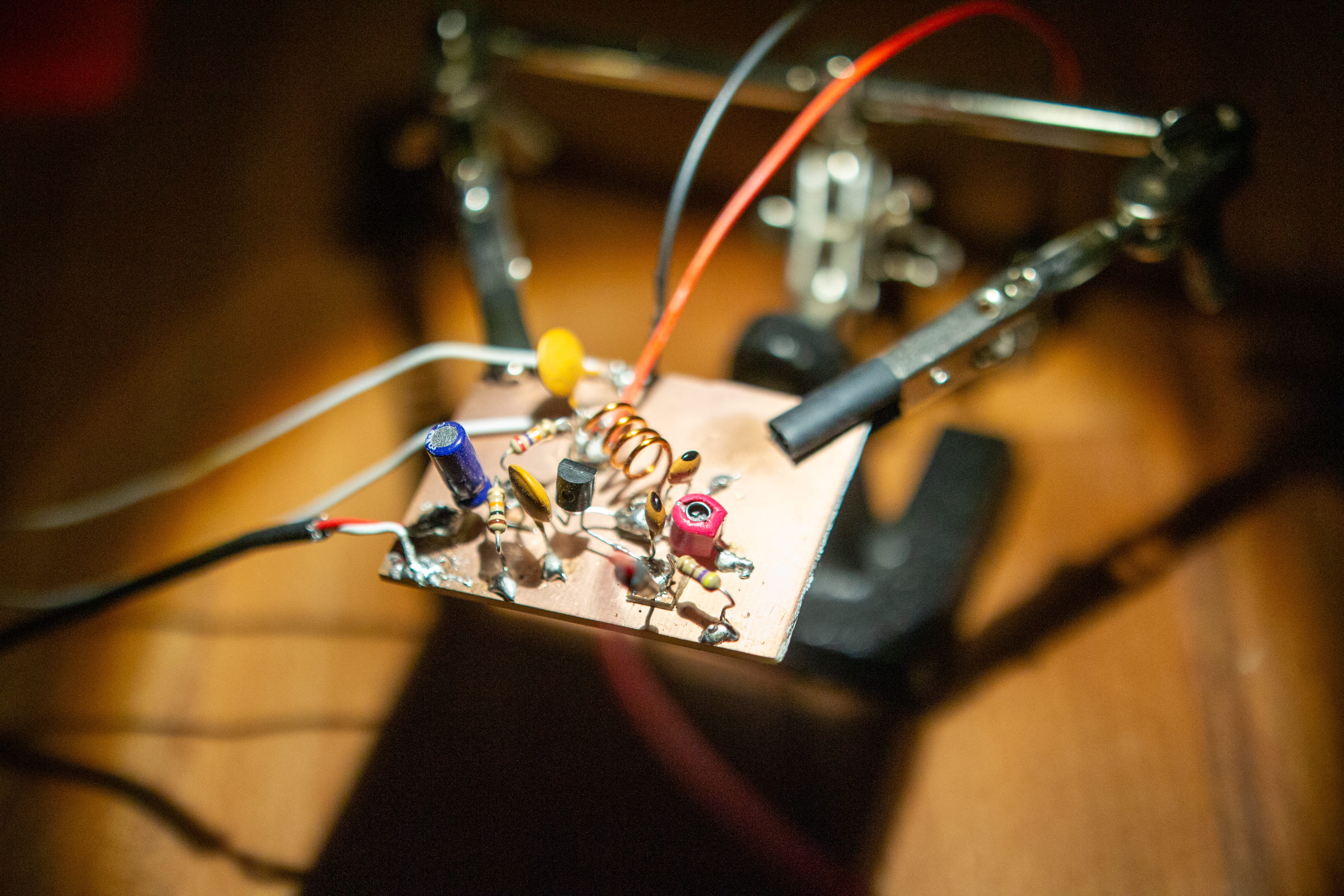BEACON: Decentralizing the Energy Grid in inaccessible and remote regions
Access to Electricity is a basic human right. At first, that may seem over the top, but if one stops to think what all the little tasks that electricity can indirectly handle for us (lightning, laundry, cooking, freezing, heating, entertaining…) would consume in time and effort if we had to perform them manually, this idea becomes very clear. There are globally around 1 billion people without tier 2 access to electricity.

People only know the intensity of labor that goes into everything when there is no electricity. And it is not even only about convenience, electricity is an enormous lifesaver in any number of scenarios, think just of hospitals or mobile phone networks that would be rendered completely useless without it. So we can easily agree on a need, a demand for electricity globally, for every person. But what about the supply? Why is there 1 billion undersupplied? The Answer: missing profitability. It would be a charity project to supply every last person on earth, not a profitable one. And while charitable projects are noble and should be pursued, the reality within capitalism shows that this is not the way it is going to happen. But what if we could come up with technology, or rather, a communal structure, that enables us to supply profitably, and still adapt to both, the difficult external factors (weather issues, remoteness, altitude, etc.) and the smaller purses of the undersupplied?
Location
Towards the end of 2018, I spent 4 months in northern India, on a research project with the IIT Kharagpur. The goal was to work on one of the 17 UN-defined sustainable development goals – electricity.
Worldwide, an estimated 1 billion people have no or insubstantial access to the grid. Some of them live here, in the Key Monastery in the Spiti Valley at around 3500 meters altitude.
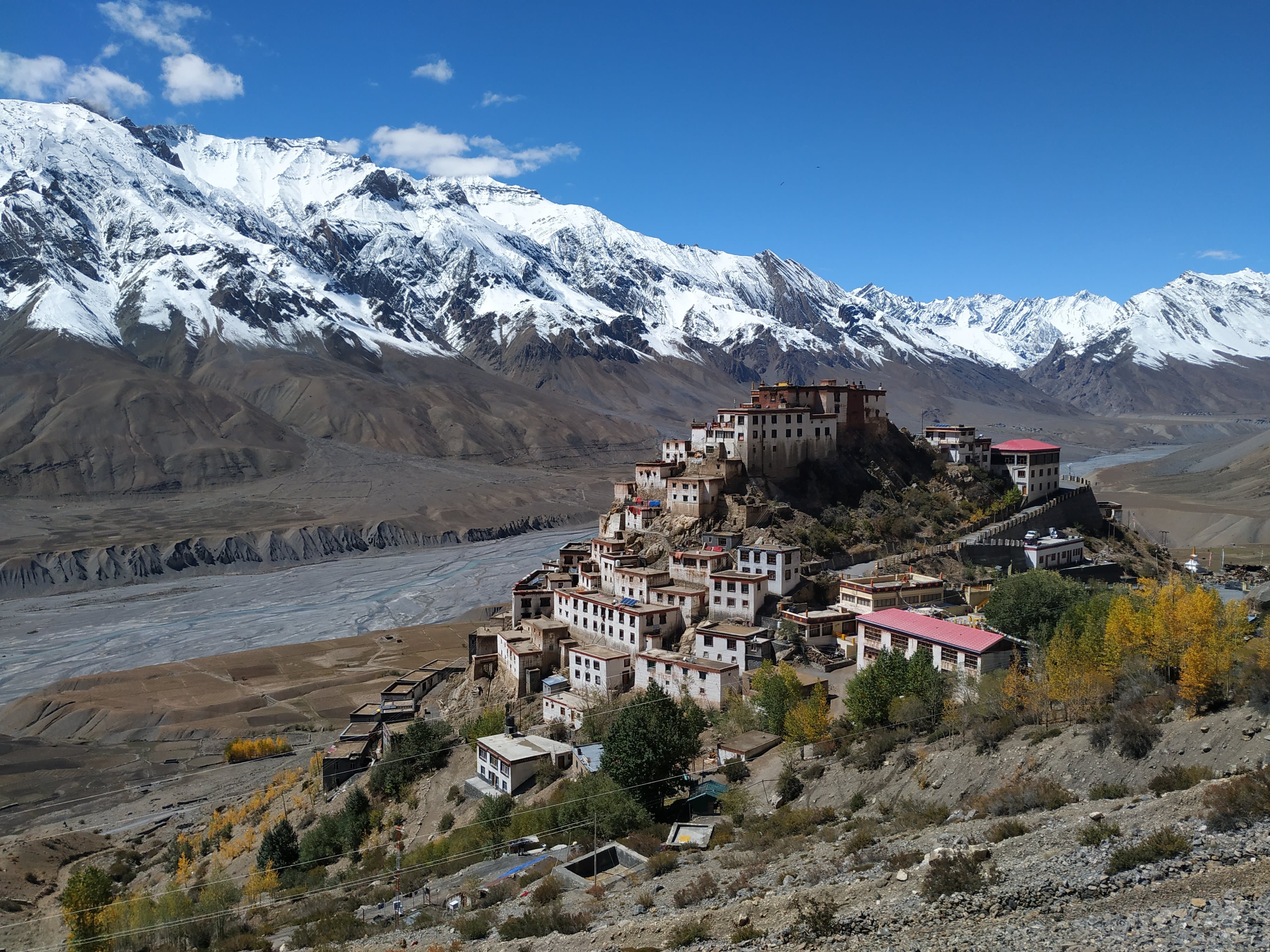

This is Tashi Gang, a village close to the Monastery. It houses around 50 people and only has road access during 3-4 months in the summer. For the rest of the time, the people rely on first aid services by helicopter, which can only be called with a working cell phone tower.
The Project
In an environment reliant on hydro-energy and solar (diesel transport is unreliable due to snowed-in mountain roads), over 6 months of snowy winter, frequent snowstorms, and temperatures of up to -35°C, securing the grid is hard.
Our way to tackle the issue was to reject the in the western society very established notion of electricity as a homogenous product with centralized production and instead researched the possibilities of a predictive, self-correcting, and decentral grid.
By prioritizing energy usage cases, instead of a full blackout during a storm, essential functions like radio towers and hospitals could be partially powered and maybe stay functioning. The binarity of either having electricity or not would be replaced by assigned quantities and timeslots, in a collective effort to be mindful and distribute the electricity necessity-based. The ultimate vision was a live predictive electricity market, where people could even earn money by selling their allotted, but not needed electricity. To gauge feasibility, I conducted several psychological acceptance studies and collected data on local electricity demands. I simulated a typical day of electricity demand in the Key monastery and the surrounding villages and mapped out the potential to install cost-efficient smart microgrid controllers enabling such an accurate and predictive behavior. The smart grid operator boxes available here in Germany cost several hundred, with installation several thousand Euros, not a feasible solution for the Indian population. Instead, we wanted to use Raspberry Pi’s, which are interconnected through ethernet cables or local mesh networking.
Research
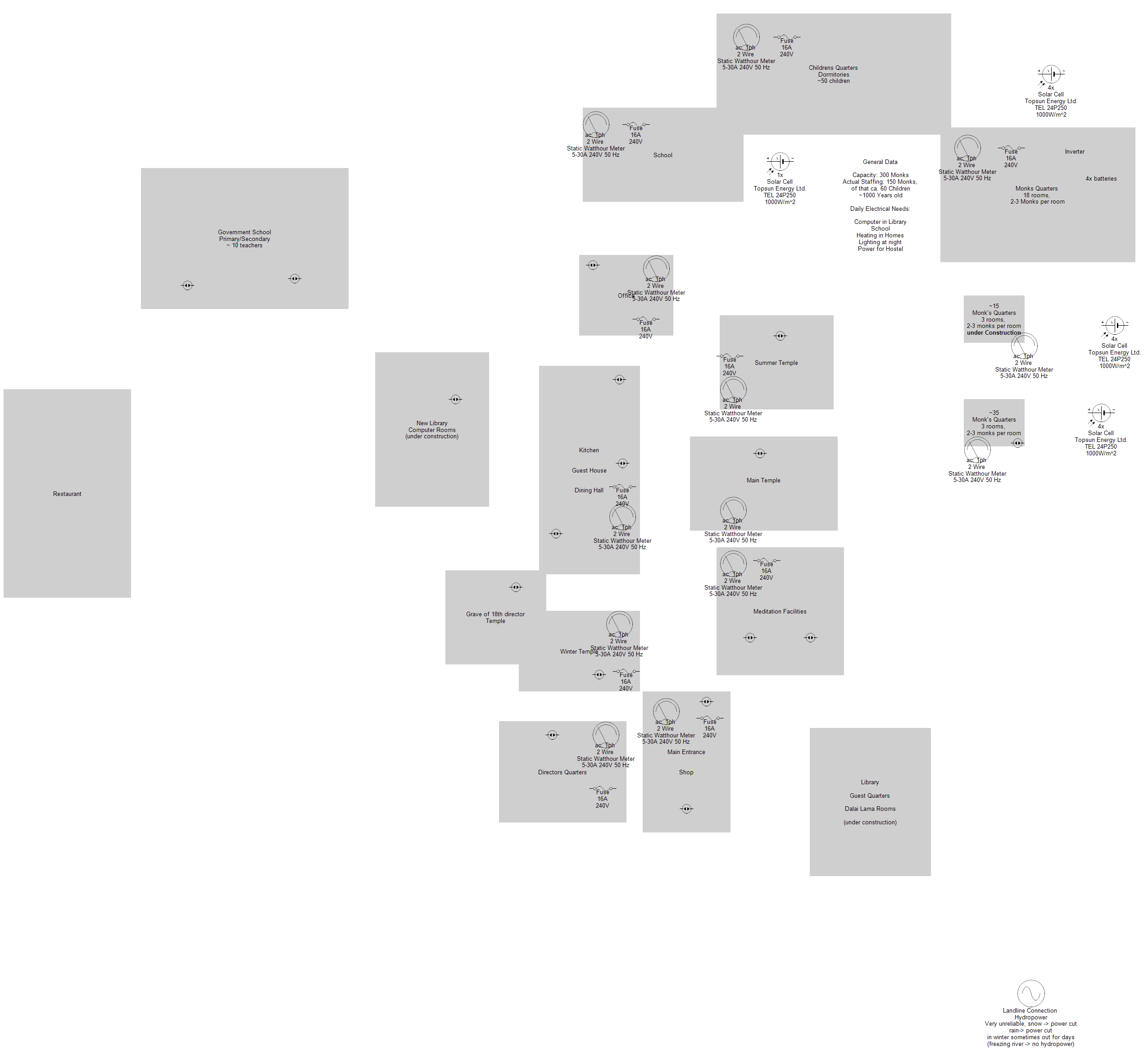
Data Collection
Building a questionnaire and visiting public schools during their English Classes, I had the chance to speak to a range of teenagers, answering questions about the state of electricity in their homes, generating more data than I could have accomplished running from door to door without any skills speaking local dialects. The questionnaire was as scientific as I could make it in such a situation and geared towards finding the type and number of electric devices in the homes and estimating typical usage scenarios.
With a total of 145 participants from more than 6 different schools and roughly 4 different districts, all located in the Indian part of the Himalayas, the findings are as follows:
The participants range from 11 to 53 years, with an average of 17 years. The average household has 6 members with an average of 5 smart devices. Only 2 percent of the Households had not a single smart device, but at the same time, only 42 percent had direct or indirect access to a laptop or computer. So the main body of smart devices consists of smartphones with a negligible portion of tablets. The average total amount of electrical devices is around 11 electrical appliances per house.
Subjective Quality Rating on a scale of 1 to 10:
Average quality in summer: 7.1 Average quality in monsoon: 5.6 Average quality in autumn: 7.1 Average quality in winter: 4.0
So, as you would expect, during winter, but also when it rains, the felt quality drops by more than 30 percent on average. As for the daily supply time, the average sits at 15.1 hours out of 24, meaning the people have electricity only for 62.9 percent of the time, some, as for example the people in Diskit only have a sad 4 hours of daily access. On top of that, this estimation does not account for the snowfalls in Spiti for example, where it is not uncommon to experience 3 consecutive days of powercut or more. As the Power Meter is supplied by the government, a solid 82 percent of the houses have a working power meter, if one assumes that the 13 percent who did not know whether they have a power meter, do have one, we can say that around 95% of the houses have a power meter.
Another goal of the studies was to find out what would incline people to be caring and sharing with the available electricity, something rather unimaginable here in Germany.
In general, the uninformed openness to delaying usage of electricity on a scale of 1-10 was around 5.5, with the additional information that a smart delay would cause an overall price reduction, the acceptance went up to 6.9, a good 14%. This implies that people would be a lot more inclined to give up conveniences if the benefits have a direct impact on them.
Simulation
After collecting all the estimated electric appliances of the local population, I simulated the use of 200 Solar Panels with 300Wp each, once for simultaneous electricity use, and once for mitigated electricity peaks through smart optimization and electricity usage delay.
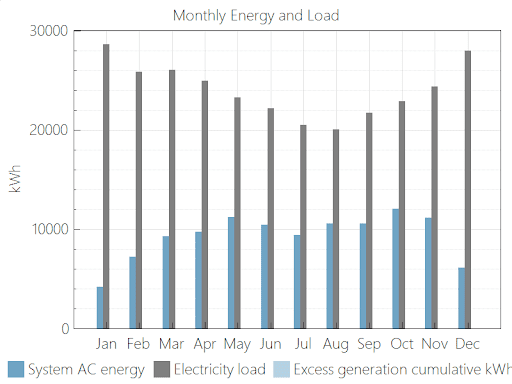
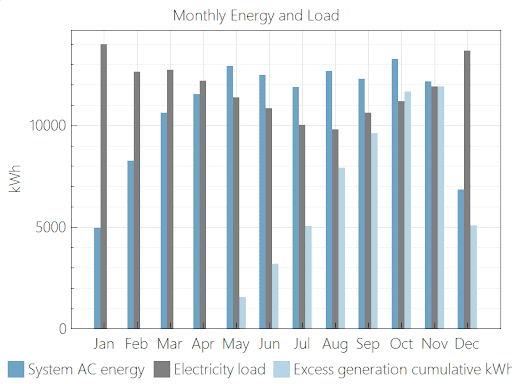
Although solar is definitely not the optimal choice here and generates lots of issues with energy storage and battery charging at negative degrees, we figured that this was the way to go for the project. And as you can see, optimizing peak usage can improve solar from generating only one-fifth of the demand in winter to about half the demand in winter. Keeping in mind here, that the added solar farm was only intended to supply additional energy and not replace existing solutions, such a “small” farm would be a real lifesaver there and optimize the limited space in extremely mountainous terrain.
Closing words
There are to sides which the problems can be tackled: we can bring the total energy production up, by adding more panels or electricity by other means, but we can also try and bring the total demand down. This is to be achieved by investing strictly in the most energy-efficient appliances. Even replacing older, not-so-efficient appliances might sometimes be of use. But ensuring efficient use is not the only way to bring down the overall demand.
As introduced as core ideas for the whole project, sharing and delaying will prove immensely useful. How so? By sharing, we mean a concept that is already widely applied in the relevant areas. What to do in a Village that has no access to water? Will we send each household out to the faraway river to catch water for their family? Or would we join hands in a community effort to dig a central well used by everyone?
So, when we look at sharing electricity, how would we apply the concept? We take the appliances that consume the most energy individually and scale them up in order to increase efficiency. For example, in our case, that is most applicable to electric heating. If we manage to heat central community spaces available for everyone, naturally, fewer individual rooms will have to be heated. Similarly, one could declare a room as a public cinema, where people come together and watch Tv on a big Projector. Twice as fun, and conserving a great deal of energy again. Such ideas and others have to be realized in order to be able to match the total demand with the available supply.
Sadly, the project was never taken up further, and the situation for the people in the Spiti Valley has not improved. Two years ago, a road directly through the mountains was finished, making the population hopeful for an increase in tourism, increasing the chances of the economic viability of improved solutions. I spent my time there in the function of a research intern, having no real say in the realization of the project. The problem remains, and I still think that decentral solutions look to be the most promising for this specific location. Of course, the Himalayas present a bit of an extreme location, but that doesn’t change the fact that people live there and have a basic human right to electricity.


